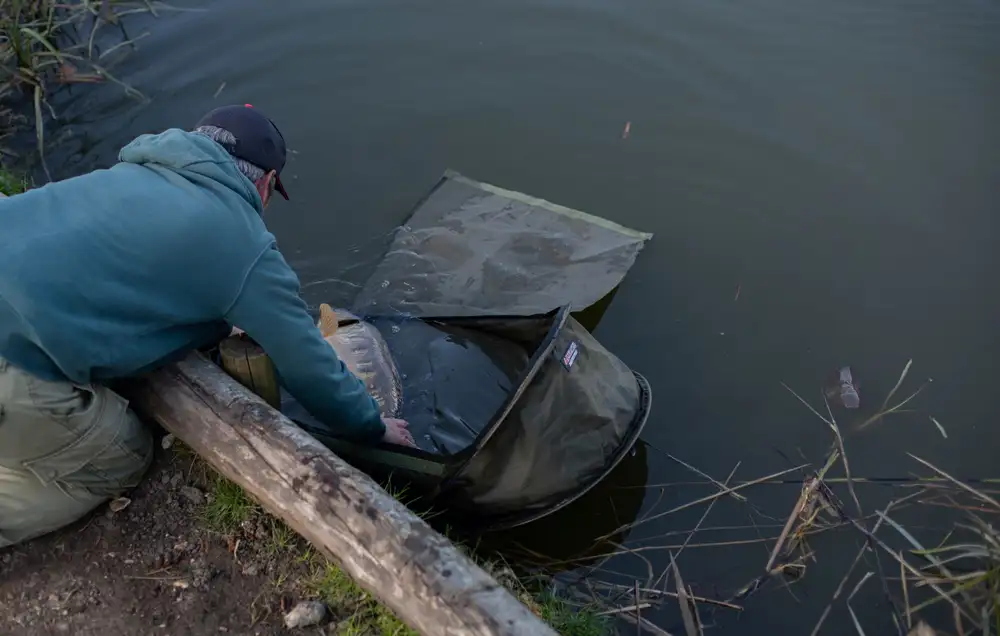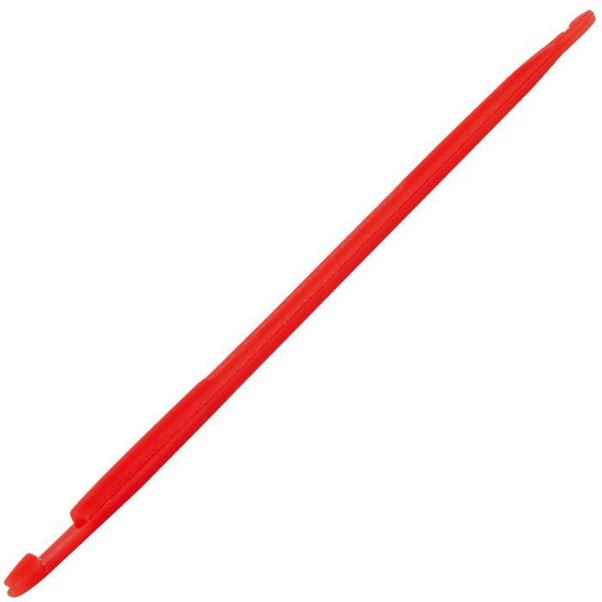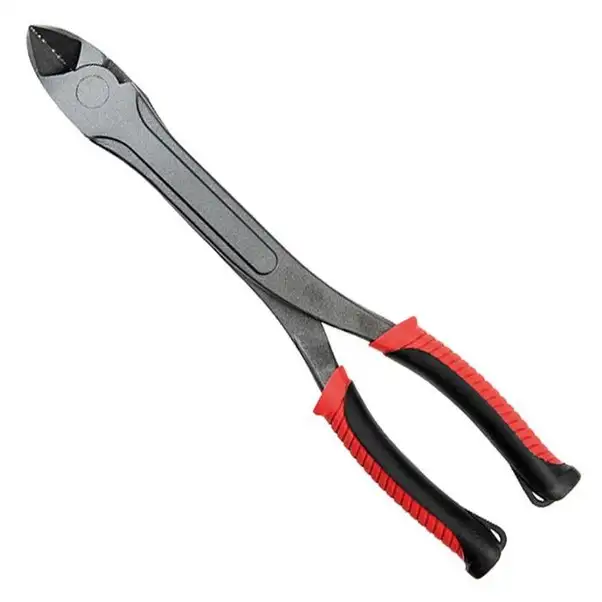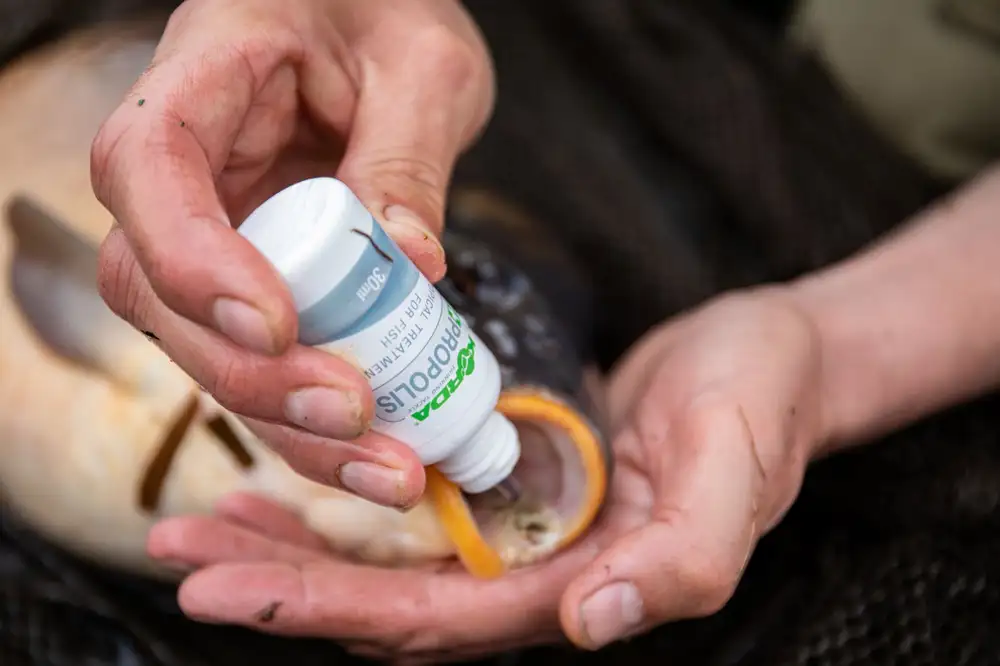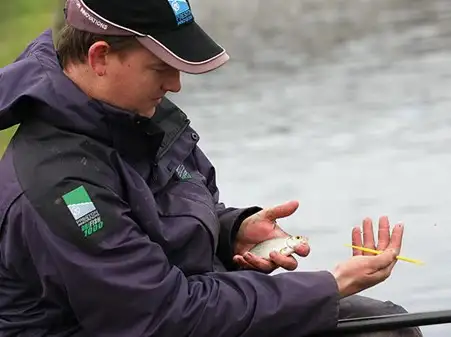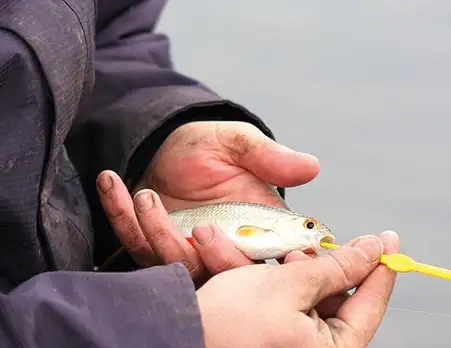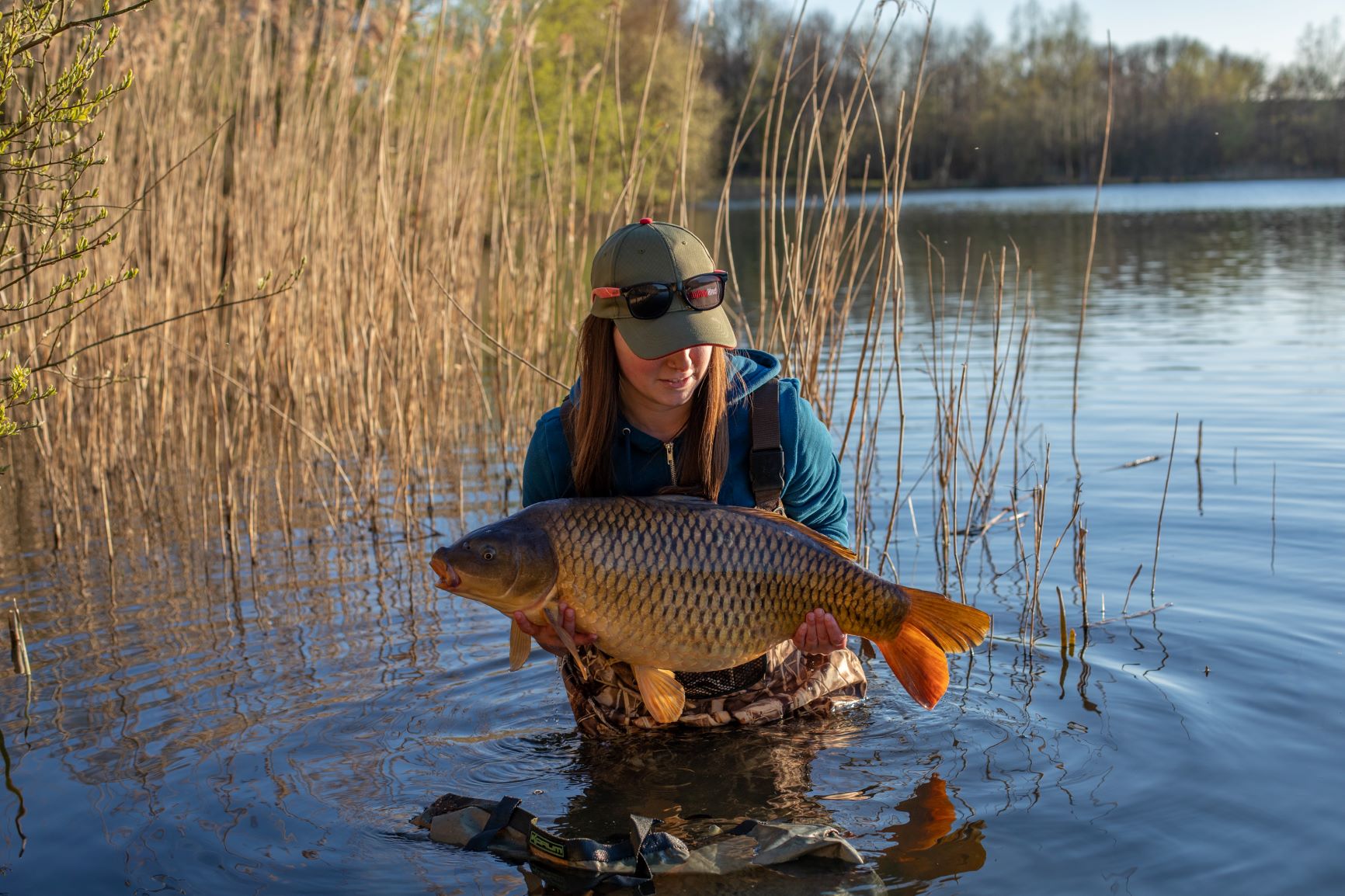This is a demo store. No orders will be fulfilled.
A Beginner's Guide to Safely Unhooking & Handling Fish
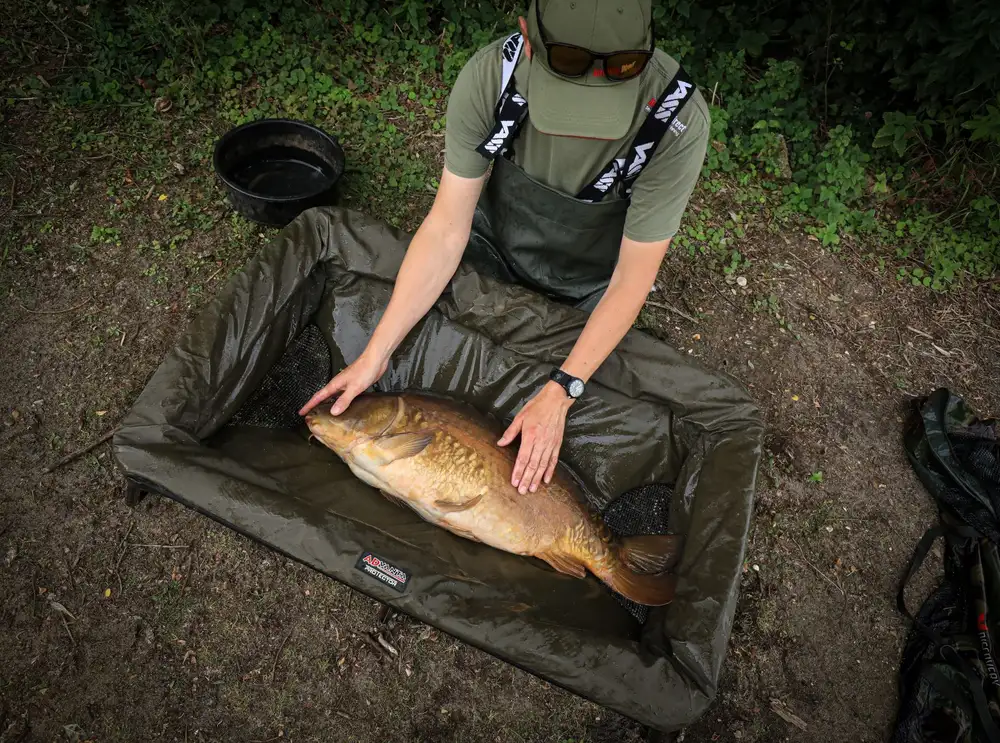
Your guide to getting your fish back into the water safe and sound.
Even though fish fight hard on the end of your line, and the larger specimens can do some damage to your tackle, fish are a fragile species, that as responsible anglers we must take precautions and steps to get them returned to the water ready for a bigger, better fight for the next anglers bait they hook on to!
Part of minimizing this impact is leaving as many fish as possible unharmed after they are caught. This is why it is of utmost importance on our part to learn how to unhook a fish. Being able to unhook and return fish unharmed is a key skill for any angler. To help spread good practice, Angling Direct has put together this brilliant set of tips to help everyone get it right, with every fish they catch.
Quick Do's & Don’ts for Handling and Unhooking Fish
-
Always handle fish with wet hands and always wet your unhooking mat before placing a fish on it.
-
Get your fish back in the water as quickly as possible.
-
Try to use barbless or micro-barbed hooks.
-
Go fishing with an experienced angler or ask for help if you get in trouble.
-
If you’re using a keepnet make sure it is extended fully and the water in front of you is deep enough.
-
Don’t chuck fish back in from a height or handle them high off the ground; if you drop them you can damage them
-
Don’t pull hooks out, push the hook back the way it went in
-
Don’t put a fish on a dry surface or, even worse, gravel or tarmac
Consider Barbless Hooks for Angling
With a barbless fishing hook, you can avoid any harsh hooks, keeping yourself and the fish safe when removing the hooks. There is some debate about barbed vs barbless hooks, but many anglers find fishing with barbless hooks far easier to remove and they tend to do less damage to the fish.
If you do use barbed hooks for angling, avoid hooks with large, crude barbs or you can squash these down a little with pliers from your tool kit. You can also consider swapping treble hooks for singles when lure fishing, especially when targeting smaller species such as trout or perch, where hook removal can be tricky.
Also, try using a wide bend hook. The rounder the hook the harder it is for a fish to swallow, avoiding a deep-set hook situation. Read more about Fishing Hooks in our dedicated guide.
How to Unhook a Fish when Angling
1. Sort Your Fish Care Equipment
While many observers worry that the process of playing in a fish is cruel and risky, most of the harm that comes to fish as a result of angling happens on the bank, when a lively or panicked fish injures itself by thrashing on the ground. This kind of injury can easily be prevented with the use of appropriate fish care equipment such as an unhooking mat.
For an idea of the different types of unhooking mats, watch the following video.
Check out the huge range of Advanta unhooking mats and see our guide for 5 Unhooking Mats & Cradles for 2021.
Along with a safe space and surface to unhook your fish, you will need…
Various fish care kits are available, all with liquid treatments for mouths and damage on the fish's body.
With all the fish care gear ready, let's look at how to safely remove a hook from a fish’s mouth.
2. Wet Your Hands
Keeping your skin that contacts the fish wet protects the fish’s delicate scales and keeps the fish more hydrated. It is also worth keeping a bucket of water from the venue (lake or river) nearby so you can keep the fish calm and cool when on the unhooking mat or cradle.

3. Examine Where the Fish Has Been Hooked
You need to have a look at where the fish has been hooked to determine your next course of action. If the fish is hooked in the top or bottom lip then you can usually remove it with your fingers; by using barbless hooks this becomes a lot easier.

To remove the hook from a lip-hooked fish with your fingers hold the fish with your left hand (if you’re right-handed) then grasp the shank of the hook and pull it firmly in the opposite direction from which it enters. Give it a wiggle if it won’t come straight out.
For bigger hooks and trebles a pair of forceps may help you remove the hook more easily.
4. Using A Disgorger to Remove a Fish Hook
If the hook has taken hold deeper in the fish’s mouth then you’ll need a disgorger for small fish,
To use a disgorger you need to keep tension on your mainline. First, fit the slot of the disgorger onto the line then twist in once to keep the disgorger in place, then slide it down the line into the fish’s mouth until it comes into connection with the bend of the hook. Apply downwards pressure to free the hook, now you can remove the hook from the fish’s mouth, being careful not to hook it again as you pull out. Buy a variety of different-sized disgorgers to suit the size of hook you are using.
When unhooking from the mouth of a large, specimen fish, disgorgers are not the tool for this job. Get those forceps out.
5. How to Remove a Deep Set Hook in a Large Fish
Unfortunately, unhooking fish when they have swallowed the hook is not easy to do. Even for the most experienced anglers, removing a deep set hook without causing irreversible damage is near-impossible so they decide to either:
Humanely kill the fish (with permission) and add it to take home
or
Clip the line and leave the deep-set hook in the fish instead of killing it.

However, if anglers do feel experienced enough to remove a deep-set hook without causing harm to the fish, read the following steps.
I. Try to clip the line as close to the hook as possible, removing any large knots that may be present near the hook.
II. Remove all bait from the fish’s mouth or throat using your hands or a small set of pliers so you’ll have a better view of the hook.
III. Instead of trying to access through the mouth of the fish, positioning a long set of needle nose fishing pliers through the fish’s gills or you can use your hands if the size of the fish is big enough.
IV. Get a firm grip on the bend of the hook, rotate it over to the side so you have a good angle to start feeding the hook through.
V. Start slowly feeding the back hook through until the loop of the hook and remaining lines are completely threaded through.
VI. Now the hook should be released so you can remove the hook through the side gills or through the mouth depending on which part is easier.
7. How to Unhook a Fish with Sharp Teeth
Unhooking sharp teeth and fingers are not a good combination out on the bank, especially if you don’t like the sight of blood. Whenever you’re pike fishing you need to take the right unhooking equipment with you. At the very least, pack a pair of forceps that you can use to remove hooks rather than putting your fingers in harm’s way. Ideally, though, you would want long and short forceps and pliers to help with difficult hookings.
Watch the following video to see how to unhook a pike with incredibly sharp teeth!
Tips for Handling Fish
1. How to Hold a Fish
Be sure when lifting a fish for photos, assessment or moving from net to mat, etc that you kneel. The lower to the ground, the less of a drop when handling the fish. You never want to drop the fish but always be cautious.
When taking photos always hold the fish over a wet unhooking mat or even better get those waders on and stand in the water with the fish.
For the actual hold, use wet hands, never use a towel or fabric that can wipe off the fish’s protective slime. Be sure to cradle the fish into your chest, not squeezing it tightly with your hands.
2. What to Consider When Transferring a Fish
Whether it is from water to unhooking mat or vice versa, you need to use a wet sling to do so. You could risk ripping a fish's mouth when you lift your net, causing them damage, as there’s pressure on the hook hold.

Transferring your fish from the net into a sling when it’s still in the water, before lifting onto the bank, ensures you are not potentially catching the line when you roll down the landing net mesh.
When the fish is being transported, ensure they are low to the ground in the sling, and that you aren’t travelling over large distances to your mat.
3. How to Return a Fish
When it comes to releasing a fish, always take your fish back to the water in a sling to ensure that it can’t be dropped from the distance of your unhooking mat to the water. If the fish starts flapping in transit, having it in a weigh sling is always a safety precaution.
For some fish, the experience of being caught and landed, coupled with time spent out of the water, can be much more stressful than it is for others. These fish will need to be safely held in the water before being finally released, to give them a chance to get sufficient oxygen through their gills, and recover from what, for them, was quite an ordeal, even if the angler in question was as considerate as possible with them.
